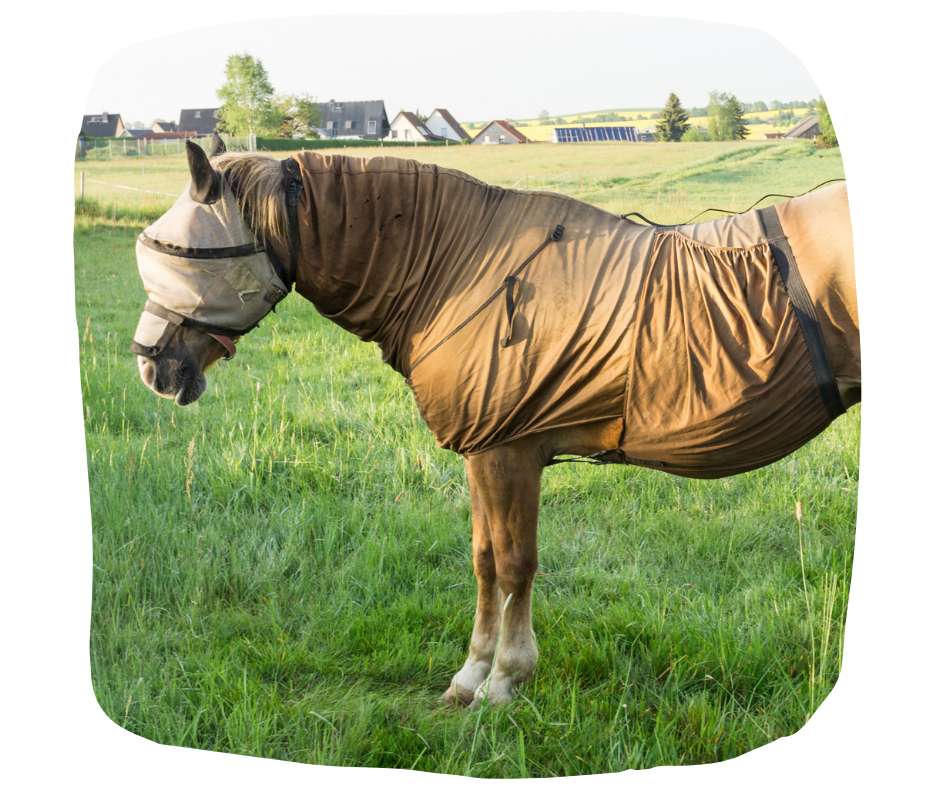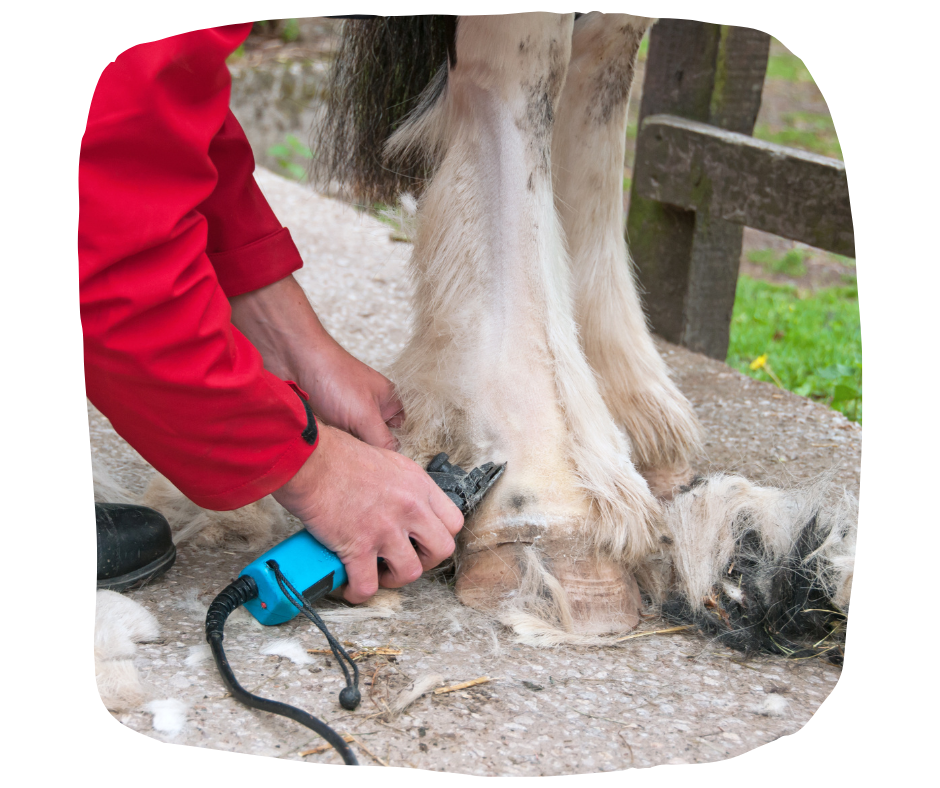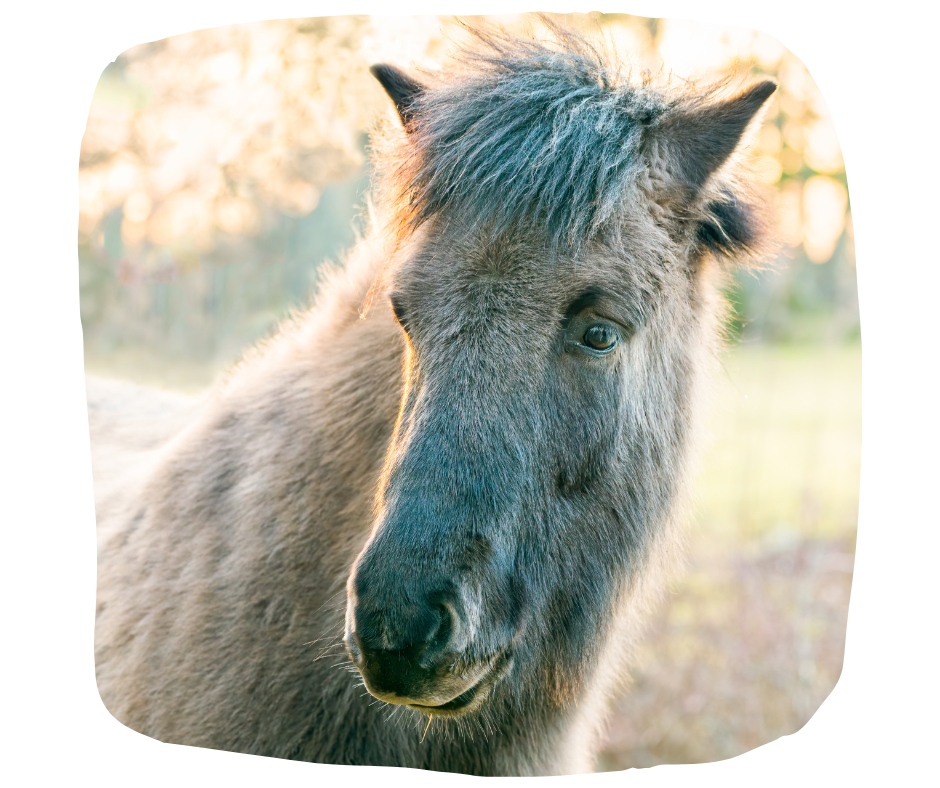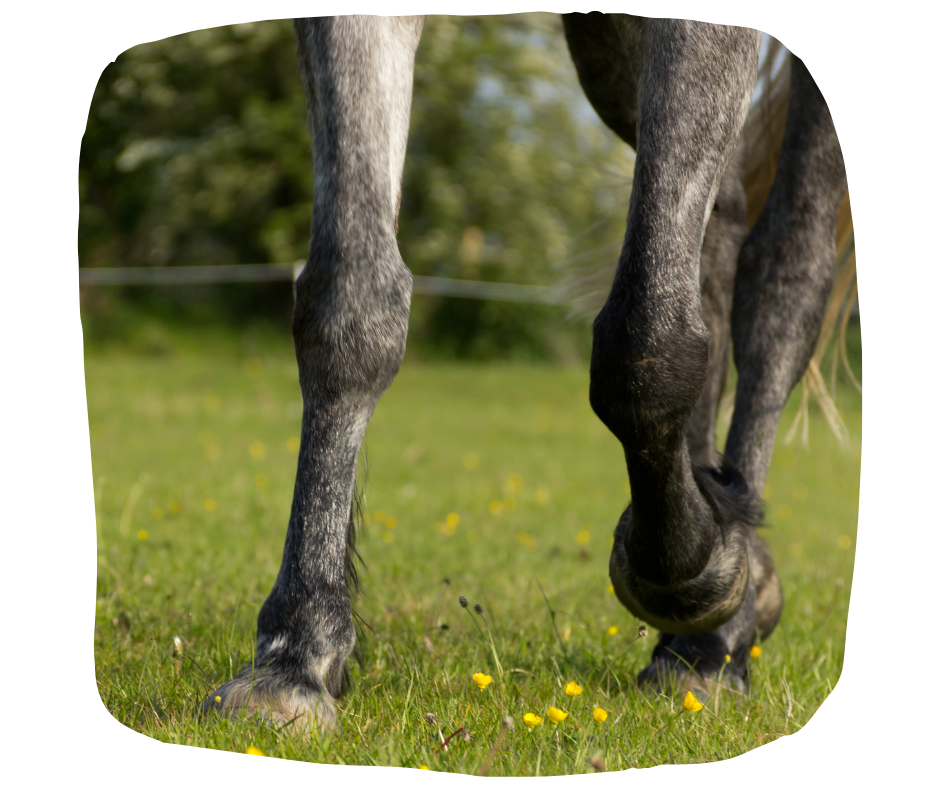What is clipping for welfare?
There is more to clipping than tidy lines and seamless blending. Whilst these are important factors for many horse owners who clip their horses in winter or year-round, there is more to clipping than just aesthetics. Many horses suffer from problems where clipping certain areas of the body, or sometimes the whole body, can drastically improve welfare.
Traditionally people clipped their horses between September and February in order to not "ruin the Summer coat" however in recent years research suggests this is not the case if you clip year-round, the summer coat will still grow out perfectly fine. During warmer months, people who clip year-round tend to opt for a more coarse blade. This will leave a slightly longer covering of hair on the horse, otherwise known as a covercoat.
More recently people are clipping year-round to help aid the welfare of horses suffering from medical conditions, but what conditions can clipping help with?
Sweet Itch
A common condition caused by an allergic reaction to midges and biting insects; it is thought 5% of the UK's equine population suffers from Sweet Itch. Irritated, sore skin and constant itching, particularly in the mane and tail areas are signs of sweet itch although itchiness can be anywhere on the body so horses may scratch or bite anywhere they can reach. In severe cases the horse may be quite restless and experience hair loss, bleeding, and thickening of the skin.
Using a covercoat blade to clip the horse can help by making the damaged areas more accessible to apply any anti-itch shampoos, lotions, or creams but still leave a protective layer of hair over the area.
For horse's or ponies with Sweet Itch we recommend Liveryman Harmony Plus Clipper with a Coarse 4.8mm Blade.

Chronic Progressive Lymphoedema (CPL)

CPL is a lifelong condition, result of failing lymphatics in the lower legs, predominately affecting larger breeds of horse, such as Shire's, Clydesdale's and large cob breeds. Often horses with CPL are affected from a young age and the condition progressively worsens over time, however, the cause of CPL is unknown. This debilitating condition is a result of lymph fluid build-up in the lower legs, causing progressive swelling with associated skin folds, nodules and ulcerations.
Generally, clipping the feathers can help to make the horse more comfortable and allow better air flow around the legs. Not only this, clipping the area will help provide access to any sores associated with the condition, allowing them to be monitored, cleaned, and medicinal creams can be applied. It is vital the sores are treated to help reduce the likelihood of secondary infections.
For horse's or ponies diagnosed with CPL we recommend Liveryman Harmony Plus Clipper with a Narrow Blade.
Equine Cushing's Disease (PPID)
Equine Cushing's Disease otherwise known as Pituitary Pars Intermedia Dysfunction (PPID) is a condition where horse's suffer from abnormal hormone production by the pituitary gland. Excessive production of the normal hormones enter the blood and affect the whole body. Horse's suffering from Cushing's disease often have a long, curly coat and struggle to shed their winter coat. Other symptoms include laminitis, lethargy, excessive sweating, weight loss, and excessive drinking and urinating. Research shows the condition generally affects horses over the age of 10, with 19 years being the average age for diagnosis.
Clipping year-round can help keep horses and ponies affected by the disease more comfortable in warmer months. The horse's coat becomes very thick from being unable to shed hair therefore clipping year-round can help to allow horses to regulate their body temperature more effectively.
For horse's or ponies diagnosed with Cushing's Disease we recommend Liveryman Black Beauty Clipper due to the thickness of the coat.

Mallenders & Sallenders

Both Mallenders & Sallenders are caused by excessive keratin production, a process known as hyperkeratosis. The excess in keratin production causes thick, scaly scabs to develop on the skin, in turn this can cause the skin to crack or split, leading to secondary infection and soreness. Mallenders is when the scabs form behind the horse's knee and Sallenders is a rarer form of the condition, affecting the front of the hocks. As the condition has no cure and is generally in a location where the horse is constantly moving, it can be hard for the cracks and sores to heal; this means that management plays a huge role in controlling the affects of the disease.
Clipping affected areas can help maintain the area by preventing a build-up of dirt and scurf, helps to keep the area clean and dry, aids air flow around any sores and helps to keep the area accessible for the application of topical treatments.
For horse's or ponies with Mallenders or Sallenders we recommend Liveryman Harmony Plus Clipper with a Narrow Blade.
There are many other reasons why you may clip year-round or for your horse's welfare, these are just some of the conditions horses and ponies may have who may benefit from year-round clipping. Take a look at our range of Liveryman Clippers & Trimmers or contact us if you have any questions.
Each horse is an individual, if your horse is suffering from a health condition or you are unsure if your horse has an underlying condition, we would always recommend consulting your vet.
- Understanding Equine Gastric Discomfort: How to Spot It and Help Your Horse Feel BetterAs horse owners, we know how important it is to keep our horses healthy and happy. But have you ever considered the role of gastric comfort in your horse's well-being? Just like humans, horses can suffer from gastric discomfort, and it’s something that often gets overlooked. With the modern demands of exercise, travel, and stabling, gastric stress in horses is more common than you might think. Understanding it, spotting the signs, and making a few adjustments can go a long way in helping your horse feel their best.
- Do you know your carrons from your coppers?The Importance of Carron Oil and Copper in a Horse's Diet When it comes to looking after our horses, as owners and carers, we all know how vital it is to ensure they receive the right nutrients for their health and well-being. While the basics like hay, grass, and water often take centre stage, it’s […]
- How flexible are your joints?How flexible are your joints? Do you know the factors that play a part in equine joint health and support?











